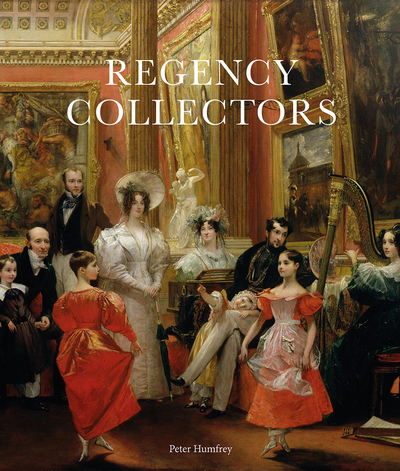Nous utilisons des cookies pour améliorer votre expérience. Pour nous conformer à la nouvelle directive sur la vie privée, nous devons demander votre consentement à l’utilisation de ces cookies. En savoir plus.
Regency Collectors
Holberton - EAN : 9781915401175
Édition papier
EAN : 9781915401175
Paru le : 17 oct. 2025
45,00 €
42,65 €
Bientôt disponible
Pour connaître votre prix et commander, identifiez-vous
A paraître 17 oct. 2025
Notre engagement qualité
-
 Livraison gratuite
Livraison gratuite
en France sans minimum
de commande -
 Manquants maintenus
Manquants maintenus
en commande
automatiquement -
 Un interlocuteur
Un interlocuteur
unique pour toutes
vos commandes -
 Toutes les licences
Toutes les licences
numériques du marché
au tarif éditeur -
 Assistance téléphonique
Assistance téléphonique
personalisée sur le
numérique -
 Service client
Service client
Du Lundi au vendredi
de 9h à 18h
- EAN13 : 9781915401175
- Editeur : Holberton
- Date Parution : 17 oct. 2025
- Disponibilite : Pas encore paru
- Nombre de pages : 224
- Format : H:1 mm L:240 mm E:280 mm
- Poids : 0gr
- Résumé : The Regency was a period of crucial importance in the history of collecting Old Master paintings in England. As the owners of aristocratic collections in France and Italy were forced by the political upheavals following the French Revolution to part with their inherited possessions, Old Masters arrived on the London art market in unprecedented quantity and quality. This book presents seven case studies of English collectors of the period, tracing the ways in which their collections were formed, and analysing the taste that guided them. Also discussed here are the ways in which these new owners displayed their acquisitions and how they sought to organise them into a new unity. Peter Humfrey examines in detail seven notable Regency collectors – the 4th Earl Darnley, the 2nd Earl Grosvenor, Amabel de Grey, Sir Richard Colt Hoare, Philip John Miles, Samuel Rogers, and the 5th Earl Cowper. All were of course from the upper ranks of society. They nevertheless show, as well as many other similarities, a number of telling differences. They were from both the higher and lesser nobility, and from the gentry; they acquired their fortunes (and collections) through inheritance, but also made them anew; predictably, most of the collectors were men, but one to be discussed here was a woman; some chose to house their collections in central London, but others at their seats in the country; and within the parameters of fashionable taste, the seven show rather different priorities in their choices of schools, scale, and subject matter. No doubt, too, the collectors selected here were motivated by different considerations, and fashion, financial investment, and political and social self-promotion – in addition, presumably, to aesthetic pleasure – must all have played a part. For each case study an Appendix lists the paintings they acquired. Together the appendices may serve to give a general idea of the prevailing taste among collectors during the Regency period. Among the Italian paintings, the Carracci and their Bolognese followers (Domenichino, Albani, Guido Reni, Guercino) feature prominently. Other highly sought-after Old Masters included Poussin, Claude and Dughet, and no less attractive to the Romantic generation were the contrastingly wild landscapes of Salvator Rosa.

